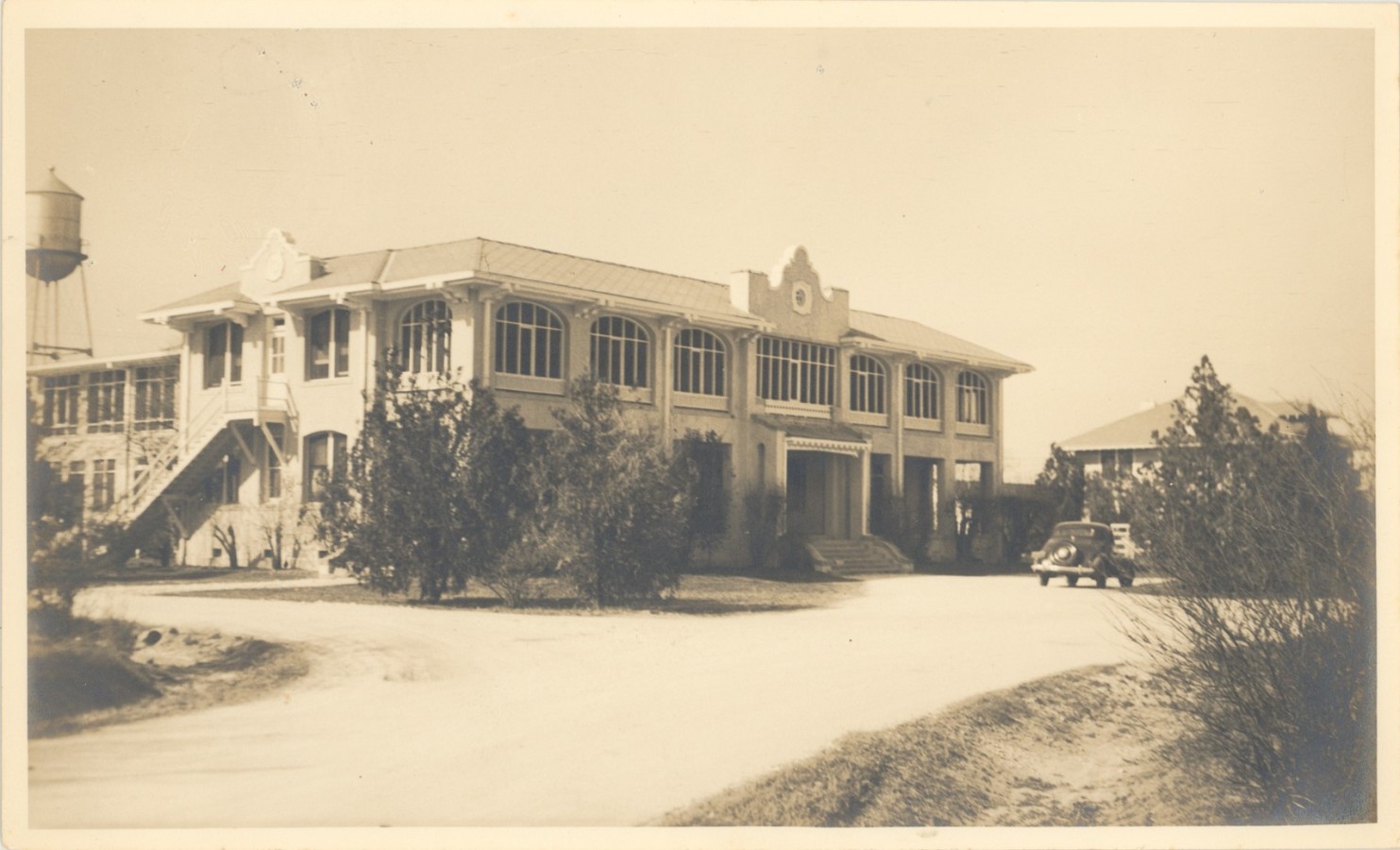Opening September 17, 1914, near Bellaire, Texas, the Harris County School for Girls was the first institution explicitly established for dependent and delinquent girls in the state. By its tenth anniversary, the school housed over 200 girls in four cottages or self-contained dormitories and occupied 80 acres of land. During its history, the school was known by various names, all interchangeable for all or parts of the school – Harris County Training School for Girls, Harris County School for Girls, the Mary Burnett School, the Bellaire School for Girls, and the Ethel Claxton School. A product of the Progressive Era, the school emphasized academics, practical housekeeping skills (cooking, sewing, laundry, and gardening), athletics, entertainment, and religious instruction through a system of education and self-government.
Recruited from Philadelphia with her assistant Mary Burnett in 1914, Ethel A. Claxton’s vision and leadership shaped the Harris County School for Girls until it became a co-educational home in 1952. Commissioners Court honored Mary Burnett after she died in 1926 by naming the school after her.
Information concerning the school can be found in the Juvenile Probation and Auditor’s Records and various manuscript collections. Please contact the Harris County Archives for assistance.
View the exhibit Harris County School for Girls, 1914-1952, which tells the school's history using some of the materials in this digital collection.
Opening September 17, 1914, near Bellaire, Texas, the Harris County School for Girls was the first institution explicitly established for dependent and delinquent girls in the state. By its tenth anniversary, the school housed over 200 girls in four cottages or self-contained dormitories and occupied 80 acres of land. During its history, the school was known by various names, all interchangeable for all or parts of the school – Harris County Training School for Girls, Harris County School for Girls, the Mary Burnett School, the Bellaire School for Girls, and the Ethel Claxton School. A product of the Progressive Era, the school emphasized academics, practical housekeeping skills (cooking, sewing, laundry, and gardening), athletics, entertainment, and religious instruction through a system of education and self-government.
Recruited from Philadelphia with her assistant Mary Burnett in 1914, Ethel A. Claxton’s vision and leadership shaped the Harris County School for Girls until it became a co-educational home in 1952. Commissioners Court honored Mary Burnett after she died in 1926 by naming the school after her.
Information concerning the school can be found in the Juvenile Probation and Auditor’s Records and various manuscript collections. Please contact the Harris County Archives for assistance.
View the exhibit Harris County School for Girls, 1914-1952, which tells the school's history using some of the materials in this digital collection.

